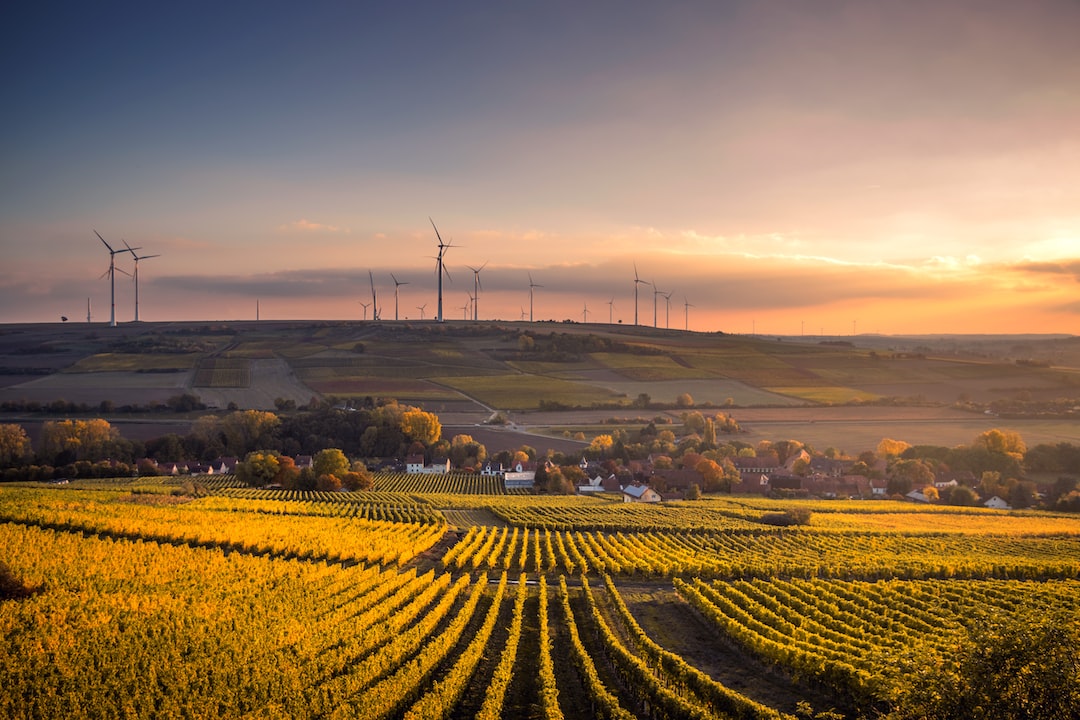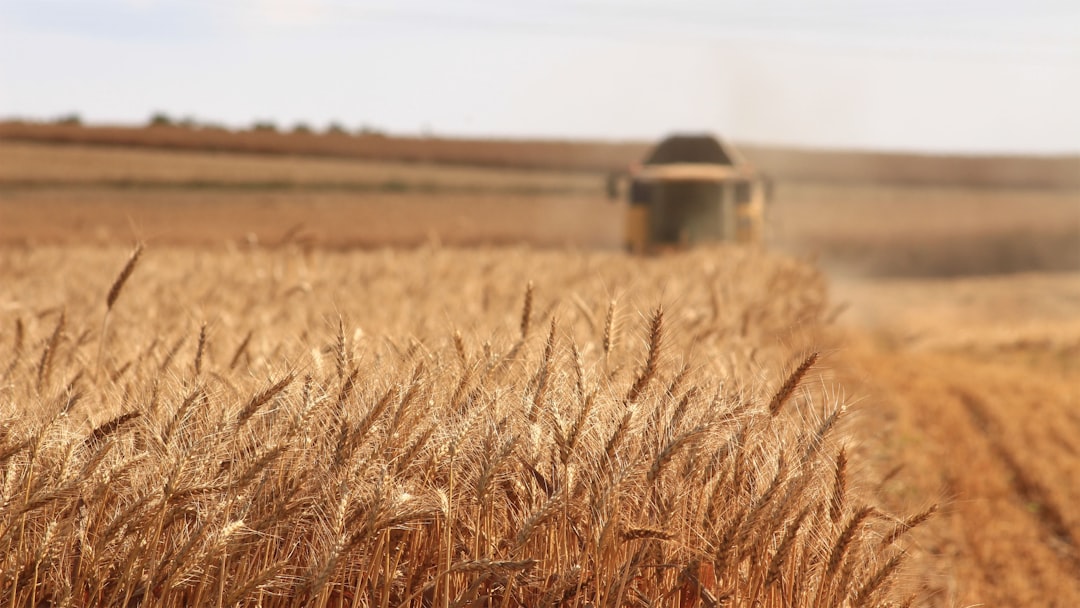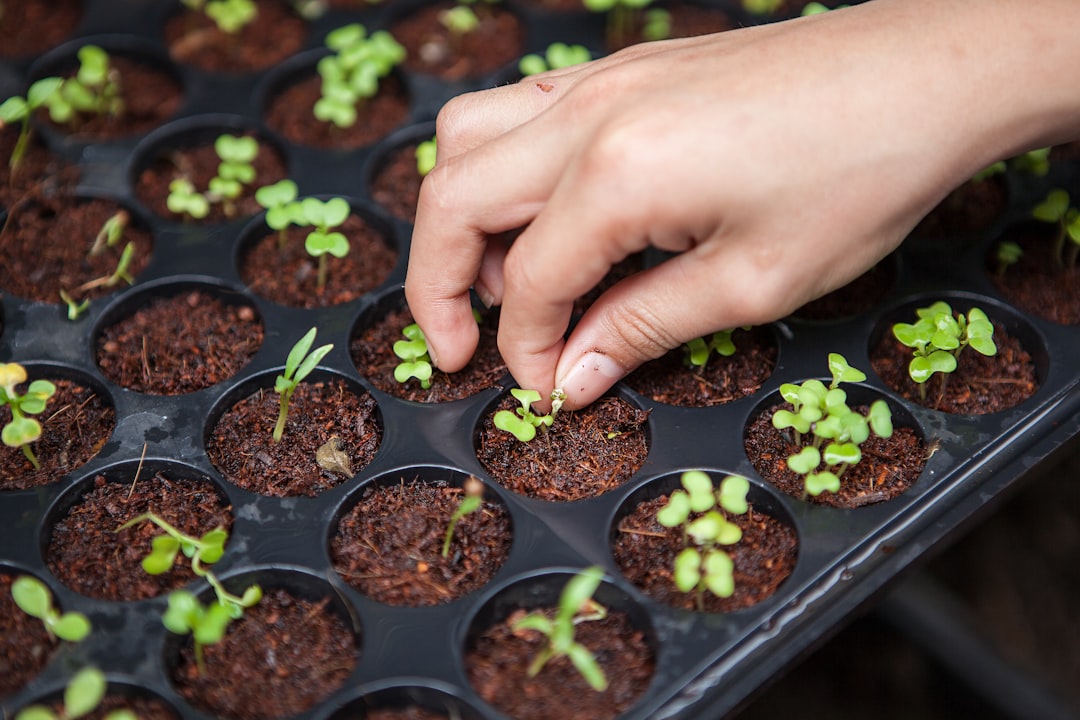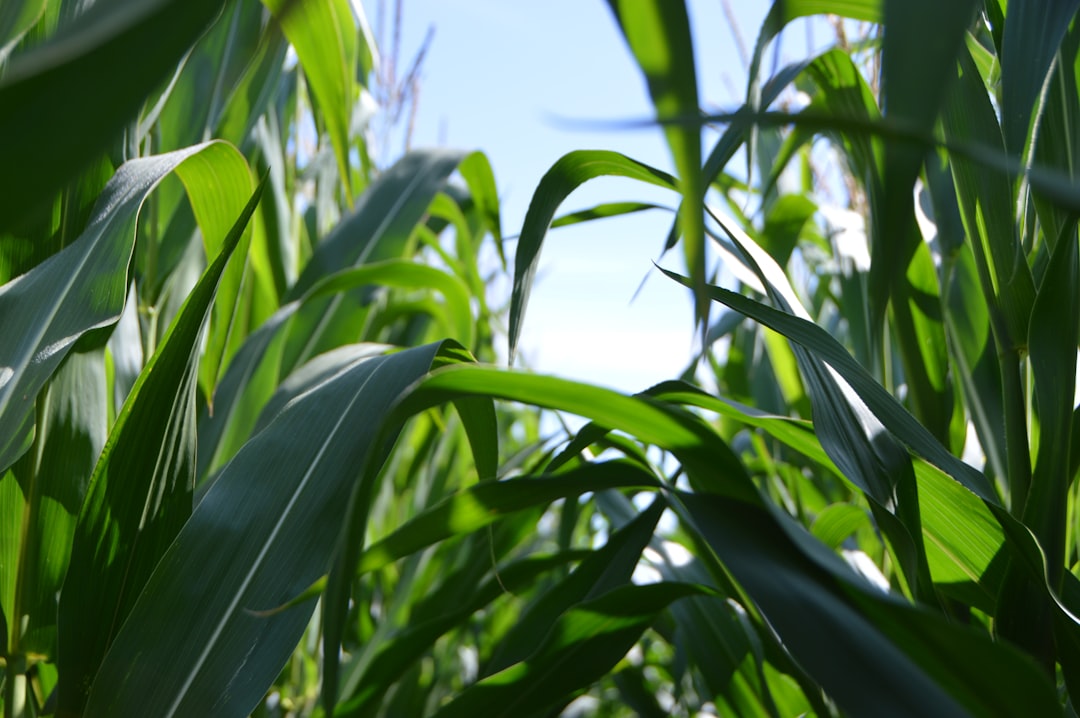As the world’s population continues to grow, the demand for food increases with it. By 2050, the global population is projected to reach 9.7 billion, which means that food production will have to increase by 70% to meet the growing demand. This is where Artificial Intelligence (AI) comes in. AI has been making waves in the agricultural industry by revolutionizing the way farmers grow crops and manage livestock. The use of AI in agriculture has led to increased productivity, efficiency, and sustainability, allowing farmers to produce more food with fewer resources. In this blog post, we will explore the various ways in which AI is transforming agriculture, from precision farming to predictive analytics, crop monitoring, and livestock management. We will also take a closer look at the benefits and challenges of using AI in agriculture and what the future holds for this exciting field. So, let’s dive in!
Overview of AI in Agriculture
As the world population continues to grow, the demand for food production is rapidly increasing. With limited resources and arable land, farmers are turning to technology to help them optimize their yields and reduce waste. Artificial Intelligence (AI) is one of the emerging technologies that is transforming the agricultural industry.
AI refers to the ability of machines to perform tasks that typically require human intelligence, such as decision-making, problem-solving, and learning. In agriculture, AI is being used to analyze vast amounts of data from various sources, including weather patterns, soil conditions, and plant growth, to help farmers make informed decisions.
One of the main advantages of AI in agriculture is its ability to increase efficiency and productivity. By using AI-powered tools, farmers can monitor and manage their crops and livestock more effectively, reducing the risk of disease outbreaks and improving yields. Additionally, AI can help farmers reduce waste by optimizing the use of resources such as water, fertilizer, and pesticides.
AI is also contributing to the development of sustainable agriculture practices. By analyzing data from various sources, including satellite imagery and weather patterns, farmers can make more informed decisions about when to plant, water, and harvest their crops. This can help reduce the environmental impact of farming and improve the long-term sustainability of the industry.
In summary, AI is transforming the agricultural industry by helping farmers optimize their yields, reduce waste, and develop sustainable practices. As AI technology continues to evolve, we can expect to see even more innovative applications in the field of agriculture.
Additionally, AI can help farmers reduce waste by optimizing the use of resources such as water, fertilizer, and pesticides.
Precision Farming: Enhancing Agricultural Efficiency with AI
Precision farming is one of the most promising applications of artificial intelligence in agriculture. This approach involves the use of advanced sensors, GPS mapping, and machine learning algorithms to optimize crop yields and reduce waste. With precision farming, farmers can collect real-time data on soil moisture, nutrient levels, and plant growth, and use this information to make informed decisions about irrigation, fertilization, and pest control.
One of the key benefits of precision farming is that it allows farmers to apply resources more efficiently. By using data-driven insights, farmers can avoid over-fertilization and over-watering, which can lead to soil degradation and environmental damage. Instead, they can apply just the right amount of inputs to maximize crop yields and minimize waste.
Another advantage of precision farming is that it can help reduce labor costs. By automating tasks such as planting, harvesting, and monitoring, farmers can save time and money while improving the accuracy and consistency of their operations. This can be particularly beneficial for small-scale farmers who may not have access to the latest agricultural technologies.
In addition to improving efficiency, precision farming can also help reduce the environmental impact of agriculture. By using data to optimize resource use, farmers can minimize their carbon footprint and reduce the use of harmful chemicals. This can lead to healthier soil, cleaner water, and a more sustainable food system overall.
Overall, precision farming is an exciting and rapidly evolving field that holds great promise for the future of agriculture. By combining the power of AI with traditional farming practices, we can create a more efficient, sustainable, and resilient food system that benefits farmers, consumers, and the planet as a whole.
In addition to improving efficiency, precision farming can also help reduce the environmental impact of agriculture.
Predictive Analytics
As the world population continues to grow, the demand for food increases as well. With this in mind, farmers are under immense pressure to produce more food while maintaining the quality of their crops. Predictive analytics is one of the most important tools in agriculture that can help farmers achieve this goal.
Predictive analytics involves the use of data, statistical algorithms, and machine learning techniques to identify the likelihood of future outcomes based on historical data. In agriculture, predictive analytics can be used to predict crop yields, weather patterns, and disease outbreaks. By analyzing data from sensors, drones, and other sources, farmers can make informed decisions about when to plant, irrigate, and harvest their crops.
One of the most significant benefits of predictive analytics is that it can help farmers make better decisions about resource management. For example, by predicting the weather patterns, farmers can optimize the use of water resources and irrigation systems. They can also use predictive analytics to identify the ideal planting time for their crops, which can help them maximize their yield.
Predictive analytics can also help farmers identify potential disease outbreaks before they occur. By analyzing data from sensors and other sources, farmers can identify patterns that may indicate the presence of a disease. This can help them take preventive measures to protect their crops and minimize the impact of the disease.
In addition to these benefits, predictive analytics can also help farmers reduce their costs. By optimizing their resource management, farmers can reduce their use of water, fertilizer, and other resources. This can help them save money and improve their bottom line.
Overall, predictive analytics is a powerful tool that can help farmers make informed decisions about their crops. By analyzing data from sensors, drones, and other sources, farmers can optimize their resource management, identify potential disease outbreaks, and reduce their costs. As the demand for food continues to grow, predictive analytics will become increasingly important in agriculture.
As the demand for food continues to grow, predictive analytics will become increasingly important in agriculture.
Crop Monitoring and Management
As the world’s population continues to grow, the demand for food is increasing exponentially. This has put immense pressure on farmers to produce more food with limited resources. To meet this challenge, farmers are turning to AI-powered crop monitoring and management systems.
Crop monitoring and management systems use a combination of sensors, AI algorithms, and machine learning models to collect and analyze data from farms. This data is then used to optimize crop yields, reduce waste, and increase efficiency.
One of the key benefits of using AI in crop monitoring and management is the ability to collect real-time data on crop health. Sensors can be placed in fields to collect data on soil moisture, temperature, and nutrient levels. This data is then analyzed by AI algorithms to determine the optimal water and nutrient levels for each crop.
AI can also be used to identify and diagnose crop diseases. Machine learning models can be trained on large datasets of images of diseased crops, allowing them to accurately identify diseases in real-time. This allows farmers to take action quickly to prevent the spread of disease and minimize crop losses.
Another important aspect of crop monitoring and management is the use of predictive analytics. By analyzing historical data on weather patterns, crop yields, and soil conditions, AI algorithms can predict future crop yields with a high degree of accuracy. This allows farmers to make informed decisions about planting, harvesting, and crop rotation.
Overall, AI-powered crop monitoring and management systems have the potential to revolutionize the way we produce food. By providing farmers with real-time data on crop health, disease, and yield, AI can help us produce more food with fewer resources. This will not only benefit farmers but also help us meet the growing demand for food in a sustainable way.
This has put immense pressure on farmers to produce more food with limited resources.
Livestock Monitoring and Management
As we move forward with technology, it is becoming increasingly important to keep track of livestock and ensure their well-being. This is where AI comes in. With the help of AI, livestock monitoring and management has become more efficient and effective.
AI is being used to monitor the behavior, health, and productivity of livestock. By analyzing data collected from sensors and cameras, farmers can identify any issues or abnormalities in their livestock. This allows them to take corrective action before the problem becomes more serious.
One of the main benefits of AI in livestock management is the ability to predict disease outbreaks. By analyzing data collected from sensors and cameras, AI can identify patterns and anomalies that may indicate the onset of a disease. This allows farmers to take preventive measures to protect their livestock and prevent the spread of disease.
AI is also being used to monitor the environment in which livestock are kept. By analyzing data collected from sensors, AI can identify any changes in temperature, humidity, and air quality. This allows farmers to make adjustments to ensure that their livestock are comfortable and healthy.
Another benefit of AI in livestock management is the ability to optimize feeding and nutrition. By analyzing data on the nutritional needs of different types of livestock, AI can help farmers to develop customized feeding plans that meet the specific needs of their animals. This not only improves the health and well-being of the livestock but also helps to reduce feed costs.
AI has revolutionized the way we manage livestock. By providing farmers with real-time data and predictive analytics, AI has made it easier to monitor the health and well-being of livestock and ensure their productivity. As we continue to develop new technologies, we can expect to see even more benefits of AI in livestock management in the years to come.
This is where AI comes in.
Conclusion
As we have seen, the integration of artificial intelligence in agriculture has revolutionized the way we approach farming. From precision farming to predictive analytics, crop monitoring, and livestock management, AI has enabled farmers to make data-driven decisions that increase efficiency, productivity, and profitability.
The use of AI in agriculture has also helped to address some of the biggest challenges facing the industry, such as climate change, food security, and labor shortages. By leveraging the power of machine learning algorithms and predictive analytics, farmers can accurately predict weather patterns, crop yields, and disease outbreaks, allowing them to take proactive measures to mitigate risks and optimize their operations.
Moreover, AI has opened up new opportunities for innovation and growth in the agricultural sector. With the advent of smart sensors, drones, and autonomous vehicles, farmers can now collect vast amounts of data on their farms, allowing them to gain insights into their operations that were previously impossible.
However, it is important to note that the integration of AI in agriculture is not without its challenges. As with any new technology, there are concerns around data privacy, security, and the ethical implications of using AI to make decisions that affect people’s lives and livelihoods.
Overall, the future of AI in agriculture looks promising. As the technology continues to evolve and become more accessible, we can expect to see even more innovative solutions that address the complex challenges facing the industry. By harnessing the power of AI, farmers can build a more sustainable, efficient, and resilient food system that benefits everyone.





